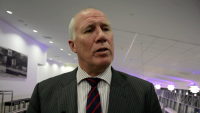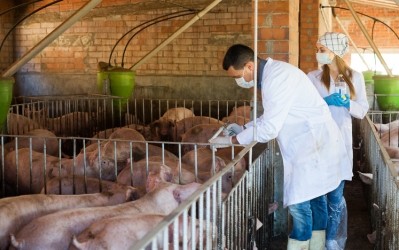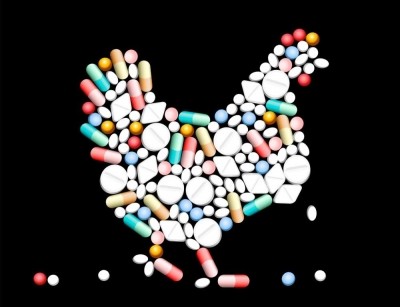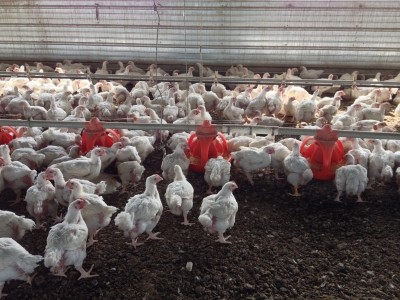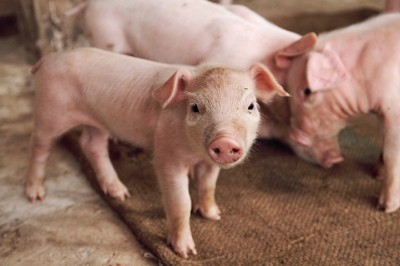Reports from the PIX/AMC conference in Australia
Can preventative health stop AMR in its tracks?
Use of antibiotics in animals and humans has increased worldwide and, with it, the fear that resistance can truly take hold.
Dr Robyn Martin, secretary general for animal health policy in the Australian government, said with international movement of goods and people, no country could work alone.
“It’s really important, and in fact I guess from both the agricultural side and human health and animal health side, that we work together. It’s coined ‘one health’ and that’s really capturing human health, animal health and in this case also the environment,” she told FeedNavigator at the PIX and AMC industry conference on the Gold Coast in Australia.
A number of factors have driven the rise of AMR, she said, including misuse and overuse of antibiotics.
“We really do need to use antibiotics judiciously and just think about when you should use them.”
Preventative health package
Martin also said there should be more efforts made in developing vaccinations as well as a stronger focus on prevention opportunities in animal health.
Alexander Döring, secretary general of the European Feed Manufacturers’ Federation (FEFAC), said there was no one-to-one substitution for antibiotics for feed makers, but there were plenty of promising advances in the sector.
“Innovation in the area of probiotics, prebiotics have certainly contributed very positively to reduce the need for antibiotics or replace antibiotics as growth promoters, but it’s a package,” he said.
These developments, he explained, had to work alongside progress elsewhere – like in feed technology, processing and farm management.
“…If you put this together as a package, in that package animal nutrition is a key vector to help reduce the needs of antibiotics at livestock level, without losing any of the performance indicators.”
Targeting gut health
Santiago Ramirez, animal nutrition consultant for FCR Consulting Group, said there was a clear trend towards additives to promote gut health, with a number of products already on the market.
Poultry, he said, was at the forefront with swine a “little bit behind”.
However, Ramirez warned that moving forward with increased use of additives must be done methodically.
“I think in most of the cases it’s going back to basics – simple things like procurement of the right raw material, getting to know your supplier and knowing what you’re buying is actually what you’re buying. Another thing that’s simple is mixability. If people cannot mix these molecules properly that are added in very small quantities, they’re never going to work anyway.”
Feed conversion ratios
With advances in probiotics and other additives, feed conversion ratios would become increasingly important, said Tim Hard, CEO of Ridley Corporation Limited.
“In all the species we feed whether it be pigs, poultry, salmon or cows, it’s really about better feed conversion rations. Anything that results in better gut health, whether that be health itself or better gut absorption of the food, that’s only going to be a win.”
Ridley just started semi-commercial production of its naturally occurring bacteria (branded Novacq), which, according to the company, can spur growth in prawns 1.4 faster than a regular feed.
Hart said early indicators had shows the product could also have health benefits – helping treatment of EMS (early mortality syndrome) in prawns. But, he added the company needed to work on gathering more data before making such claims.
Collaborative data and research
Alexander Döring said the future in tackling AMR had to be a collaborative approach and commitment to research and data in the field.
“…As it is a societal issue, it’s not just for the feed industry on its own to find solutions, we need involvement of public research institutions, we need involvement of the animal health industry, of the feed additive industry, livestock farming itself.
It’s a complex matrix, but if you put these different elements together, we’re definitely convinced we can take up this challenge.”


